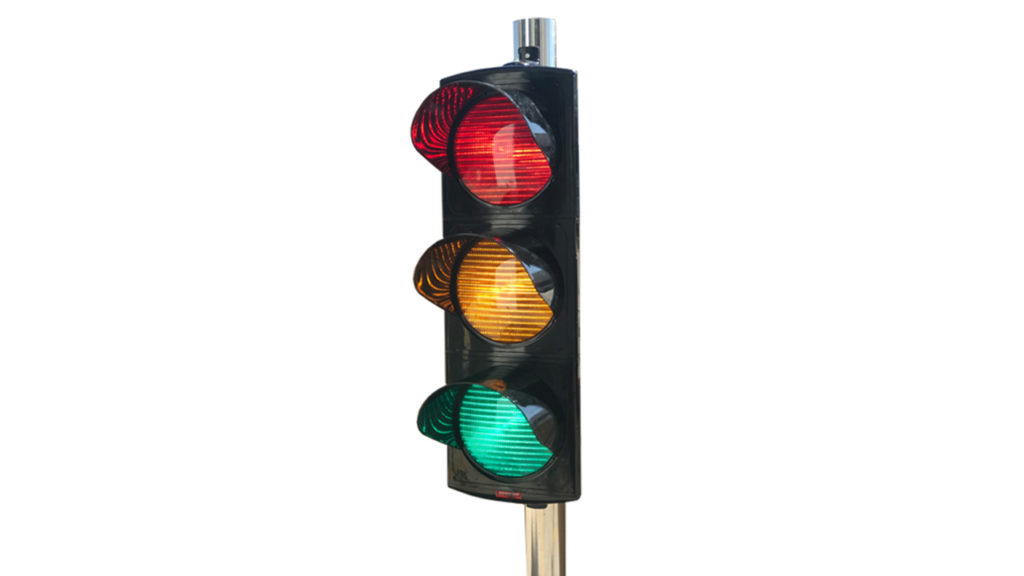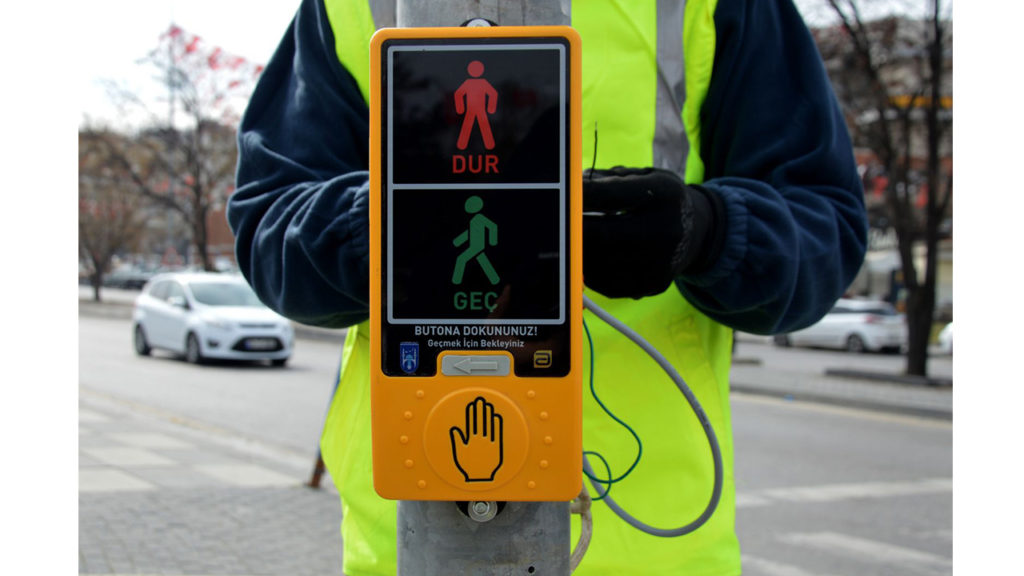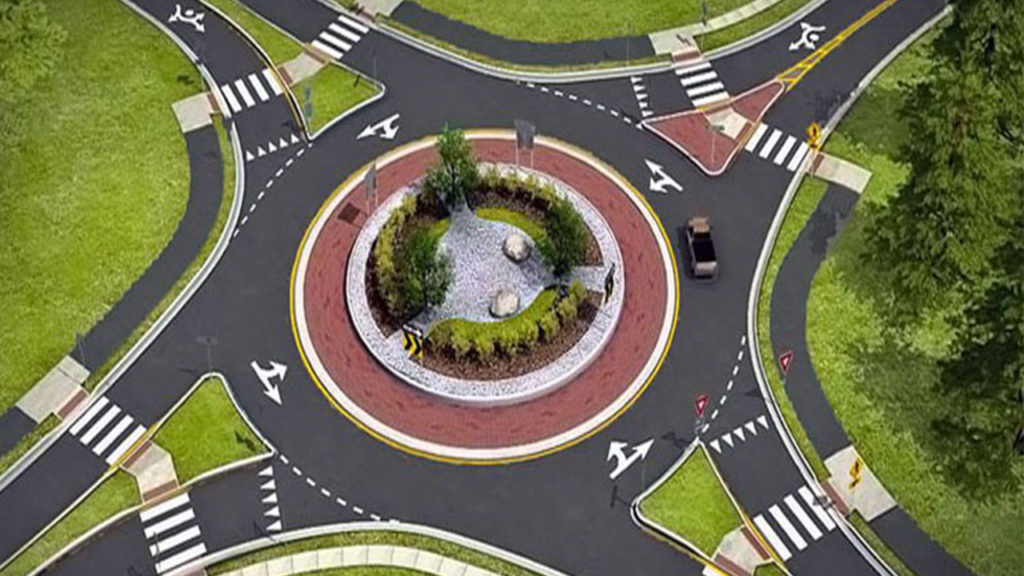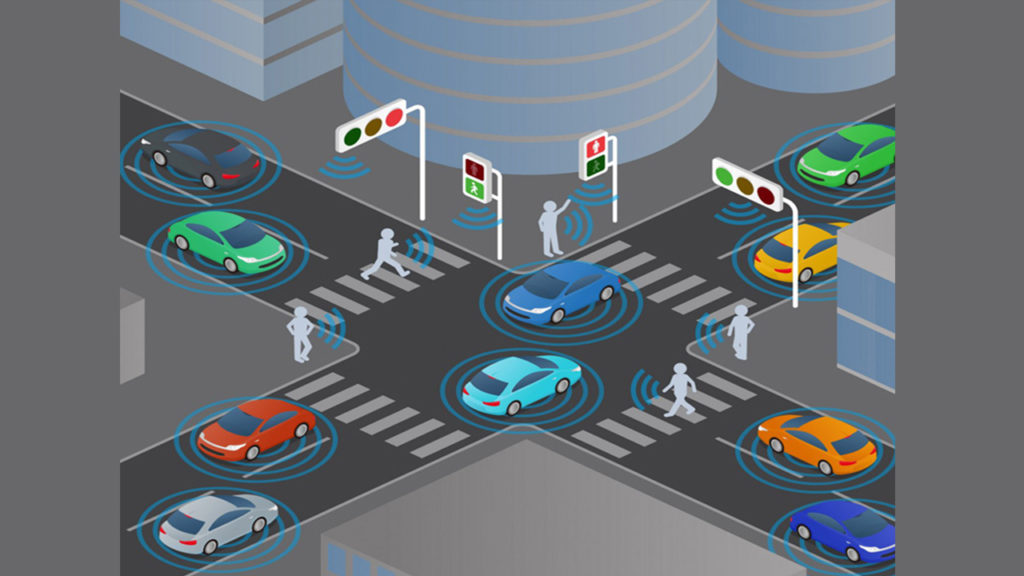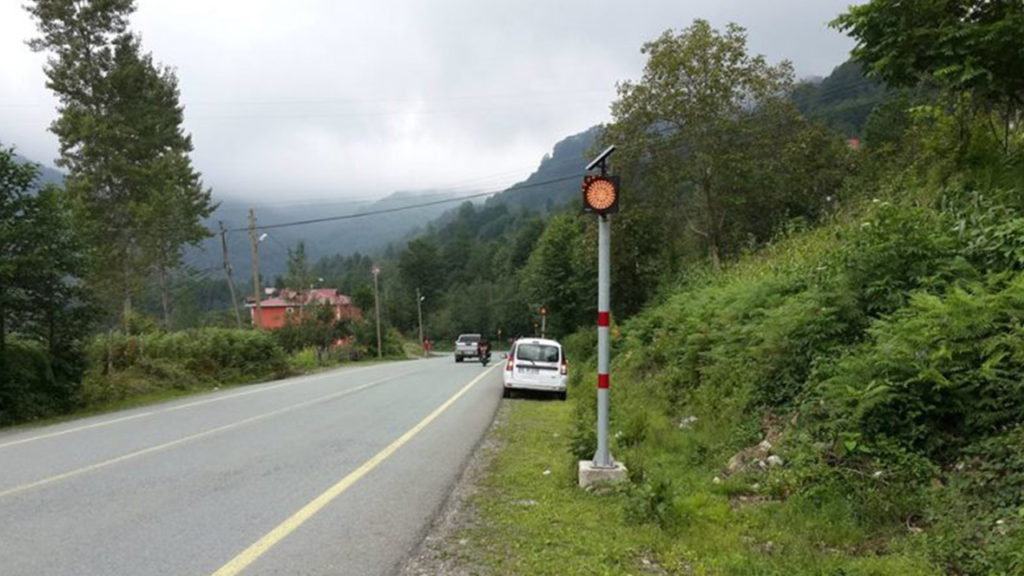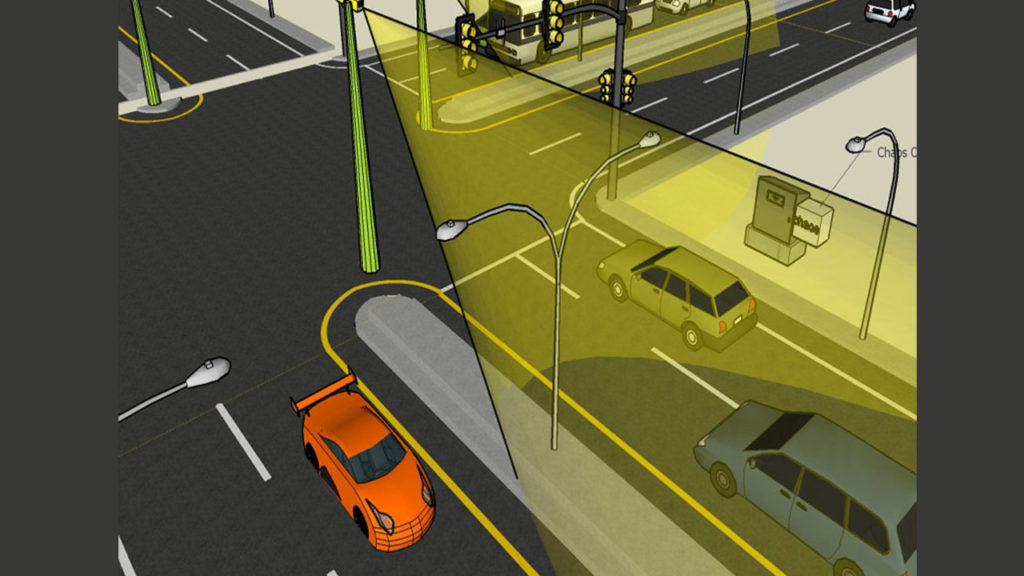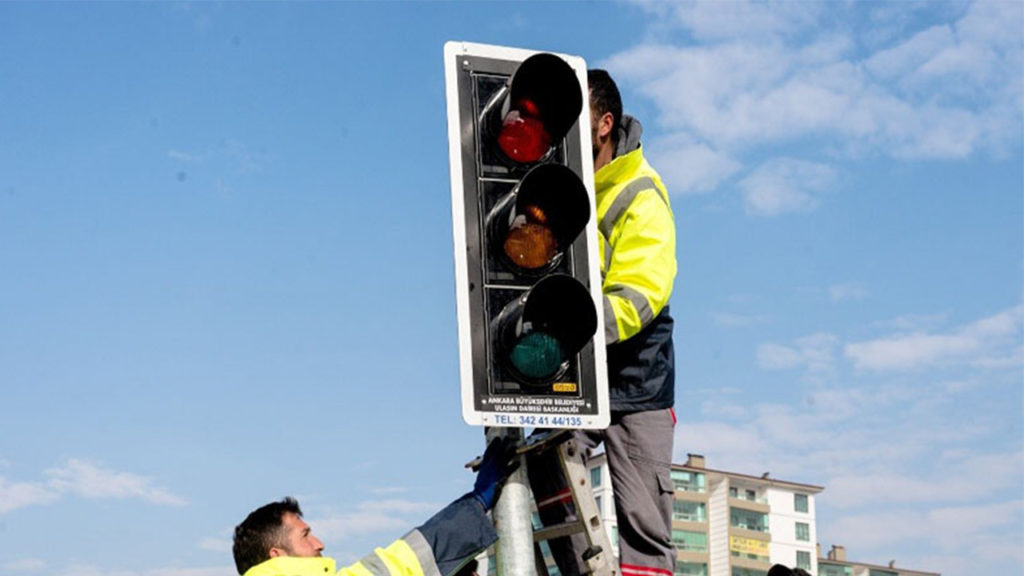
What is The Purpose of Installing of Signalization Systems?
Qualification of Traffic Flow
To prevent overloading in a certain parts of the traffic network signaling system, it can be installed to guide or regulate the flow rate of the vehicle and direct the blockage in the suitable places. However, in this case, the impact of congestion on traffic safety should be examined.
It may be advantageous to adjust the flow rate by means of signals in order to prevent congestion in traffic critical parts of the road or traffic network
If the traffic density in both directions in the highways which have more than 2 traffic lane is different, it is recommended to make changes in the flow direction by means of lane control signals.
Traffic flow in the current intersections should be assessed through direct review or measurements Intersections which will be new constructed, modified or the change signaling system, to evaluate the qualification of traffic flow, calculation methods such as waiting time, stop and travel time should be implemented
If there is be more waste of time because of the traffic congestion in the intersection which does not have signaling use of signaling with structural changes at the intersection can be provide traffic flow relief. The use of signaling can be used in addition to directing traffic at a single intersection, with the idea of managing traffic appropriately across the entire traffic network.
If;
• There is a continuous queuing at certain times due to left turners on the main road,
• Stationary vehicles are often waiting for a long time (e.g. more than 2-3 minutes),
• Some pedestrians or cyclists wait longer than a certain period of time (e.g. longer than 60 s),
Consideration should be given to the need to improve traffic at intersections by certain measures.
If public transport is blocked at intersections due to lines with transitional advantage or left turners, signal control may be in favor of public transport.
Fuel Consumption
The primary reason of installing the signaling systems is not saving the fuel. However, fuel consumption should also be taken into account when installing or modifying these systems.
All control methods, which generally keep traffic flow at equal speeds within the maximum limits, reduce fuel consumption. Select a value greater than the required cycle time in terms of traffic density. The conversion period of the signal programs, which are adapted to the fluctuations in the traffic flow, also contribute to the reduction of fuel consumption.
Partial shutdown of the signaling system during off-peak times and additionally determining the sensible speed values for the green wave contribute slightly to fuel savings.
Exhaust Values
Signaling control, together with fuel savings, also reduces many exhaust gas components. Decrease in number of stops and cruise speed over multiple intersections make a positive contribution to exhaust gas emissions. This is especially important in areas with intensive pedestrian crossings and bicycle traffic.
Turning off the engines in signals reduce emissions. Exhaust gas components differ in this context. When stopping on red light exceeds 50-60 seconds, generally a reduction in exhaust gas emissions is mentioned, fuel savings can occur even when the engine is switched off for a short time.
Noise Emission
In addition to the level of speed at which the driving style approaches the intersection, signal control is also important for noise emission. Reduction of the number of stops and long delays with acceleration in the approach zone (especially for heavy vehicles), it can make a significant contribution to reducing the average value, especially in times of low traffic density (e.g. at night). However, there were no significant differences in noise emission through different control methods
Balancing Target Conflicting
The objectives of the signal control are determined by the needs, interests and demands of the participants in the traffic phenomenon and the residents of that region. Pedestrians, cyclists, passengers on public transport and heavy vehicle drivers demand that the traffic flow of the signals be adjusted to make them safer and more comfortable. However, since all groups’ requests cannot be fulfilled at the same time, so-called target conflicts occur.
The design of the signaling system should take into account the traffic participants as well as the inhabitants of the surrounding area, and the competing demands should be balanced according to their priorities.


